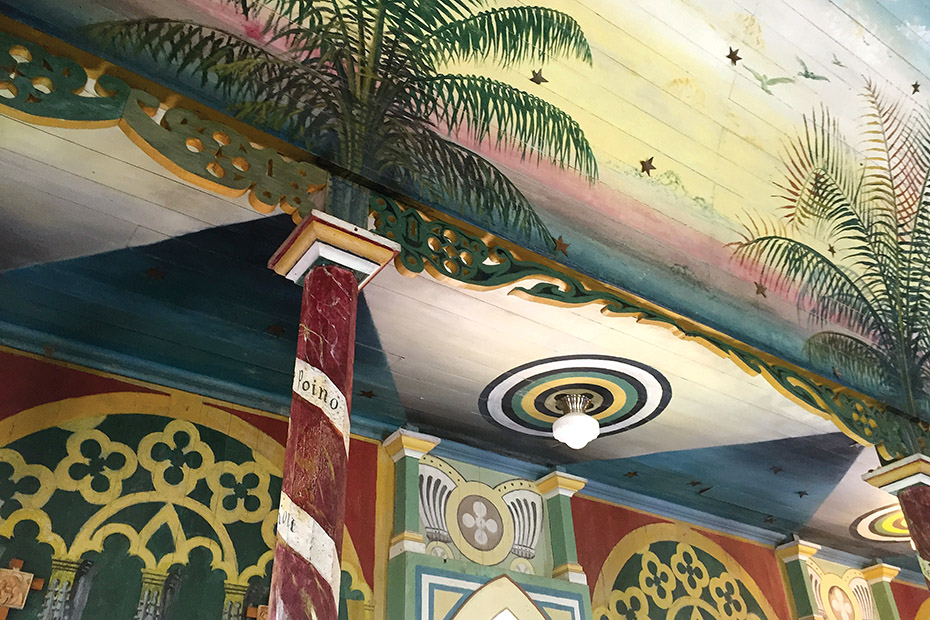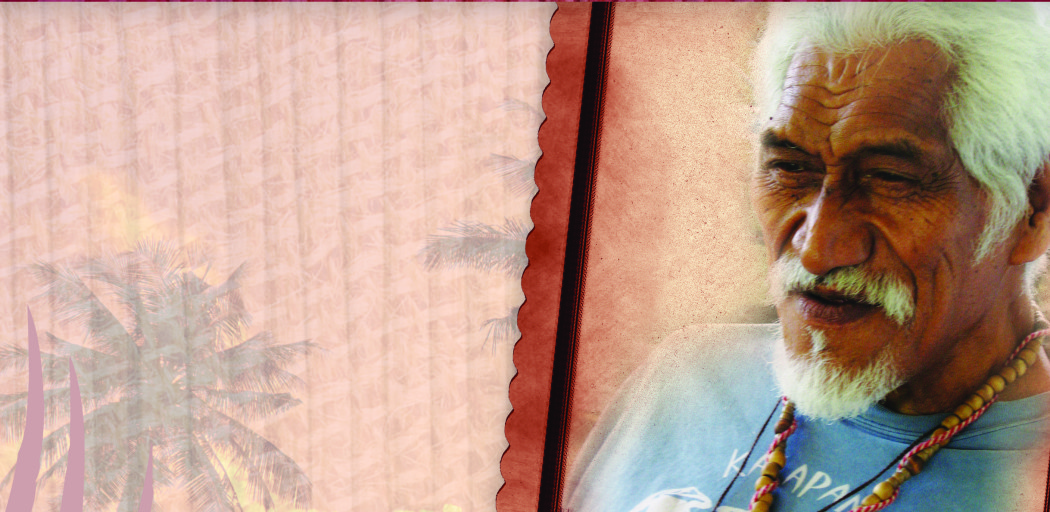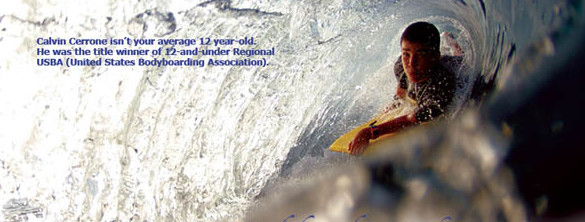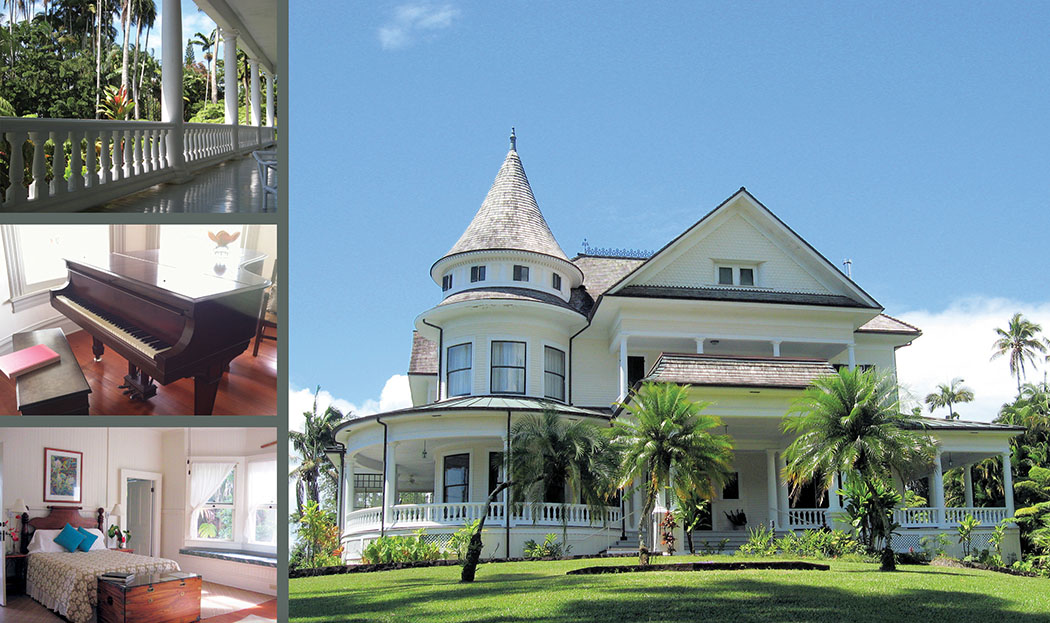
Stepping Back in Time, and into Hilo’s Shipman House
 By Denise Laitinen
By Denise Laitinen
Stepping into Shipman House Bed and Breakfast on Reed’s Island in Hilo is like stepping into a piece of history.
The house reflects a century of Hilo’s history, one filled with grandeur, decline, restoration, and preservation.
In 1856, William H. Reed leased a strip of land in Hilo from King Kamehameha IV. Surrounded by the Wailuku River and Waikapu Stream (behind Hilo High School and below Rainbow Falls), the 26-acre parcel is an island peninsula surrounded by land.
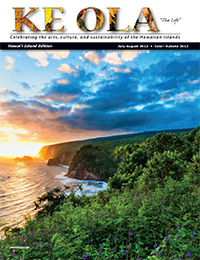
It became known as Reed’s Island after Reed bought it in 1861 for $200. Accessible by a rough trail, Reed used the land as pasture for cattle.
“Mr. Reed ran cattle up here, and then he sold it to someone else who also ran cattle up here,” says Barbara Andersen, a Shipman descendant and current owner of the Shipman House.
1861 was also the year that William Herbert (W.H.) Shipman’s father died of typhoid fever. W.H., or Willie as he was called, was seven years old at the time. His parents had been Christian missionaries assigned to a post in Wai‘ōhinu, near South Point. After his father’s death, his mother moved the family to Hilo where she worked as a teacher, eventually marrying William Reed.
After attending college on the mainland, Willie returned home and worked at Kapapala Ranch, owned in part by his stepfather. In 1879, he married Mary Elizabeth Kahiwaaiali‘i Johnson.
Meanwhile, Reed’s Island was still being used for grazing cattle and remained difficult to access.
“At some point someone decided to subdivide it, but it wasn’t selling because you couldn’t get up there to build,” explains Barbara.
In 1899, a wooden bridge with steel trestles, now called Reed’s Island Bridge, was built to provide access to Reed’s Island.
Soon after, Hilo businessman J.R. Wilson bought the largest and most prominent lot on Reed’s Island and built a massive home on the an eight-acre parcel.
Designed by Honolulu architect Henry Livingston Kerr, the home had indoor plumbing and electricity, as well as an upstairs ballroom, library, double parlor, conservatory, and billiard room. It was also the first private home in Hilo to have an operating elevator.
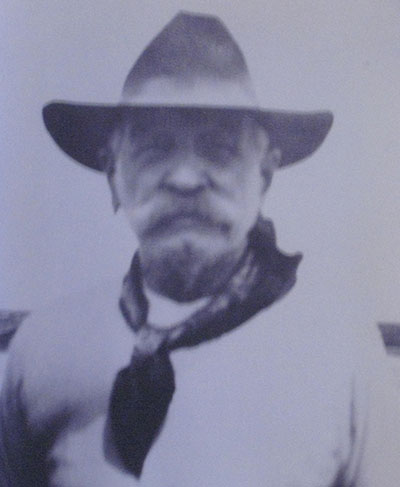
Meanwhile, Willie had become an accomplished businessman, acquiring more than 64,000 acres of land stretching from Volcano to Hilo. His company, W.H. Shipman Limited, is still in existence today.
Willie’s wife Mary had liked the Wilson home on Reed’s Island ever since it was under construction. In 1901, Willie bought the home from Wilson for $13,000 as a surprise for his wife.
Since the Shipmans had 10 children, many of the rooms, such as the billiard and the ballroom, were turned into bedrooms.
Mary Shipman, or “Grandma Shipman,” as Barbara calls her great-grandmother, was known for her hospitality.
“Grandma Shipman was known for her poi lunches,” says Barbara. One of the many guests to enjoy those luncheons was Grandma Shipman’s friend Queen Lili‘uokalani. A prolific composer of musical works, the Queen would play the living room piano when she came to visit.
Other well-known visitors included author Jack London and his wife, who stayed in a first-floor bedroom for five weeks in 1907.
Having houseguests for such a lengthy time may have been the reason a two-bedroom guesthouse was built on the property in 1910.
“I don’t know for sure, but I think the guest house was built for long-term guests after they [the Londons] left,” says Barbara.
Mary Shipman died in 1931, and when Willie passed away in 1943, six of their 10 children were still living.
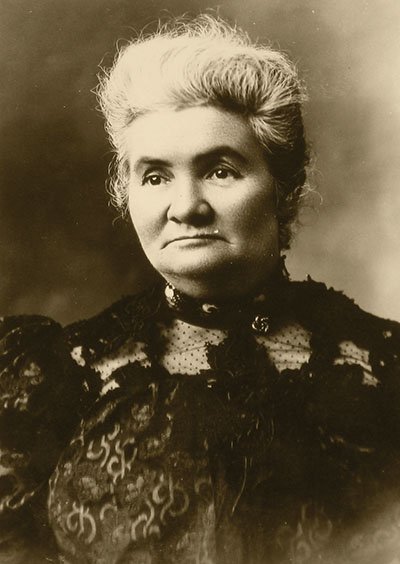
“The names of all six of the remaining kids were on the TMK (tax map key) for the Reed’s Island property,” explains Barbara.
For decades, the massive house was occupied by two of the couple’s five daughters, Caroline and Margaret, neither of whom ever married.
Barbara explains that as the remaining siblings passed away, their heirs were added to the deed of the Reed’s Island property.
Eventually, “there were a lot of names on the deed,” says Barbara.
In the mid-1970s, Willie’s grandson (Barbara’s father), Roy Shipman Blackshear, became president of W.H. Shipman Limited.
He decided to simplify things and had the home’s ownership transferred from multiple auntys, uncles, and cousins, to the family company.
“After the last of the Shipman sisters died, the house was pretty much closed up,” says Barbara.
“The rest of the family wasn’t in Hilo to look after it, and the house wasn’t taken care of.”
In 1989, the W.H. Shipman Board of Directors decided to sell the property.
At the time, Barbara and her husband, Gary, were living in Silicon Valley with their two children where her husband worked designing computers.
“I was always trying to figure out how to move back to Hilo,” says Barbara with a smile.
“Then this house came up for sale.”
Barbara approached the Board about purchasing the property with the intent of turning it into a bed and breakfast. She notes that even though she is W.H. Shipman’s great-granddaughter, she received no special treatment or discount from the Board.
“We did not get a deal,” says Barbara. “We had to pay what anyone else would have paid for the house.”
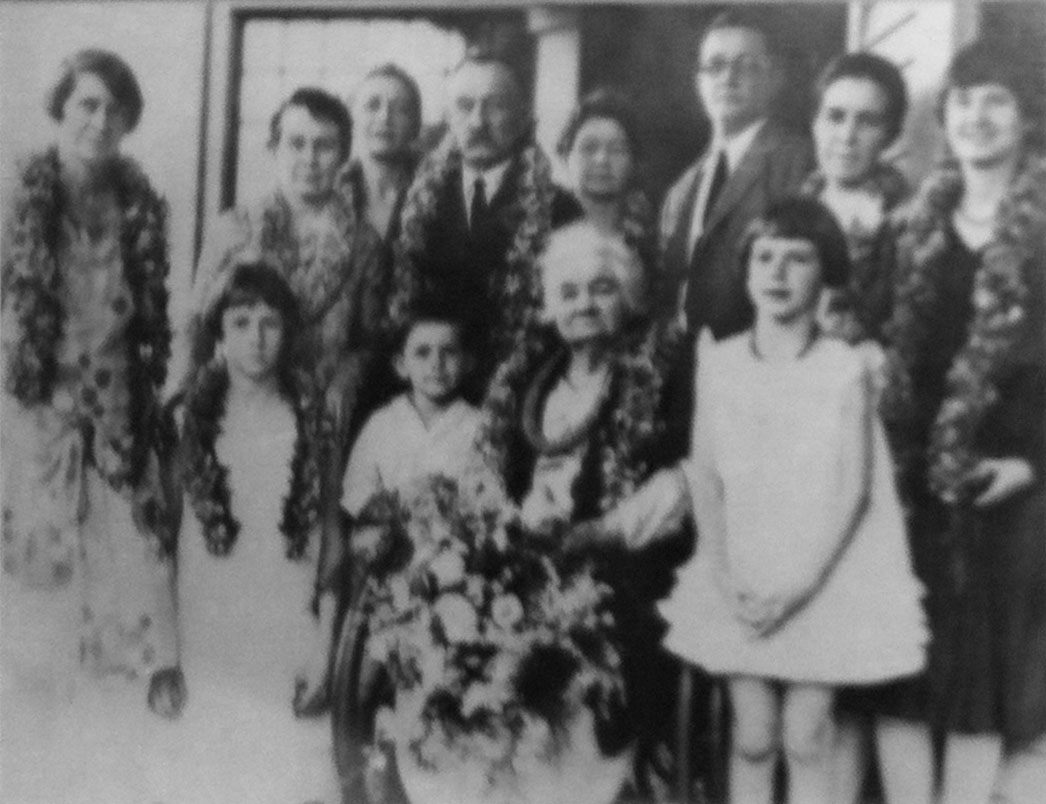
In addition, they had to sell their California house before they could move back to Hawai‘i. The timing could not have been worse.
“It was the same week the bottom fell out of the Bay Area real estate market. We sat for a year waiting for someone to make an offer on our house in California.”
Eventually, their house sold and Barbara and her daughter moved to Hilo in the fall of 1993, arriving just before Halloween.
“The house was a mess. It looked like the movie set for a haunted house inside and out. There were four-legged critters running through the house, we had to have the place tented for termites, and the house leaked.”
Barbara says the couple initially thought they would do the restoration work themselves, “but it took 10 minutes to realize that wouldn’t happen.”
They divided the responsibilities, with her husband handling the outside while she dealt with the interior. Gary joined her in Hilo a week after she arrived (their son was already in college) and did something relatively unheard of at the time—he telecommuted to his job in Silicon Valley from Hilo.
“It was a new thing at that time,” explains Barbara.
“He took a turret in the attic and turned it into his office. His telecommuting worked out really well,” adds Barbara.
In between business trips to the mainland, her husband and neighbor, George Fukushima, cleared the landscaping around the property.
“There was major, major work out there in the yard,” adds Barbara.
She recalls one day when her husband asked George, “How are we going to deal with all this?” George turned to Gary and said, “one vine at a time.”
Barbara says it took the men about three years to get the landscaping under control.
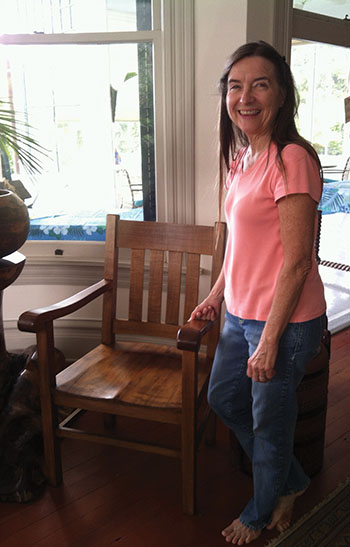
Meanwhile, Barbara tackled restoring the inside of the house. Friends suggested she contact Spencer Leineweber, a well-known architect on O‘ahu.
“Turned out Spencer is a woman,” says Barbara. “She was on the historic board and knew what we could and couldn’t do [as restoration to] a historical property.”
Then she needed to find a contractor.
“The first bids were too high—like a million dollars too high,” says Barbara with a laugh. She eventually went with a woman contractor who specialized in Victorian restoration.
“We had a women owner, a woman architect, and a woman contractor.”
The restoration was massive.
The house was restored from top to bottom, all while the family lived in it. “We restored three bathrooms and added an additional three bathrooms in the main house, as well as restored two bathrooms in the guest house.”
The restoration took much longer than scheduled and wound up costing three times more than what they paid for the house.
More than three years into the renovation process, they officially opened their doors in time for the 1997 Merrie Monarch Festival.
“We opened to guests for Merrie Monarch before it was finished,” notes Barbara.
In hindsight, Barbara says she’s not sure they could have completed the massive undertaking had they known what they were in for.
“If anyone had told us it was going to take three and a half years to open our doors I don’t know if I could have done it. After we opened, I heard more people say they didn’t think we would be able to pull it off.”
The B&B now features three guestrooms in the main house and two guestrooms in the guesthouse. The inn is also Barbara and Gary’s home.
All the guest rooms feature heirloom furnishings. “I arranged the furniture as it had traditionally been in the room,” says Barbara.
“When the auntys died, their things remained in the house. When we moved in, almost everything was still here.”
Today, those items are on display throughout the Shipman House. For instance, the living room features a sofa built by her great-grandfather Willie, as well as the 1912 Steinway piano played by Queen Lili‘uokalani.
“Some of Hawai‘i’s musical greats have played that piano,” says Barbara.
These days the couple focuses on the house and their guests. Gary no longer telecommutes to the mainland and now works with Barbara running the B&B.
Shipman House reopened July 1 after being closed for several months for general repairs. The closure coincided with the closing of Reed’s Island Bridge in order for the historic bridge to be completely rebuilt.
The bridge is scheduled to reopen this fall. In the meantime, there’s a detour route accessible from Waianuenue Avenue.
To learn more about the Shipman family and the history of East Hawai‘i, read The Shipmans of East Hawaii, by Emmett Cahill, available at stores and at the Hawai‘i Public Library System. ❖
For more information on the Shipman House Bed and Breakfast: Hilo-Hawaii.com
Contact writer Denise Laitinen: wahineokekai@yahoo.com
